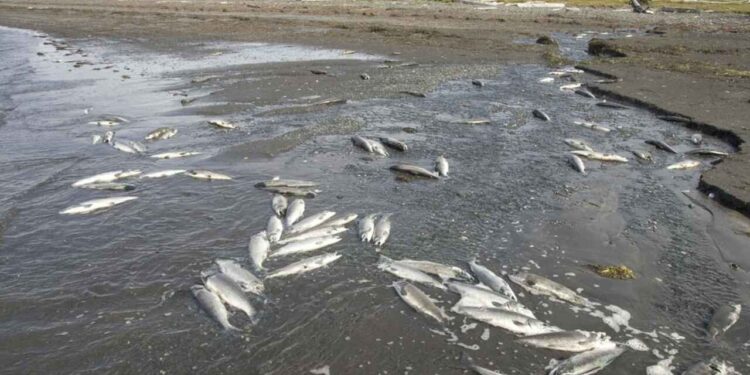The catalyst is based on Fenton and fly ash and removes up to 95% of the antibiotics dispersed in the water in just two hours
Water contamination caused by antibiotics is becoming a serious environmental problem. High concentration causes the animals to take the drugs, promoting the development of super-resistant bacteria. There are currently several techniques for removing antibiotics from water. Types include physical, chemical and biological methods, for example, flocculation, coagulation, adsorption and exchange membranes. Another methodology is the advanced oxidation process (AOP), which also uses Fenton. Fenton is a mixture of hydrogen peroxide and iron and is produced in homogeneous mixtures. Fenton produced in this way is expensive, requires high quantities of reagents and is very difficult to recover at the end of the cycle. Several negative aspects have been solved by this new invention presented at E-nnovate 2020 by a research group from Vietnam.
The invention was developed by a group from the Research Institute of Creative Education by Hoang Chau Anh, Le Hoang Gia Khanh, Nguyen Thanh Long and Lam Binh Nguyen. The authors of the research won a gold medal awarded by the organizers. The most interesting aspect is the production of the catalyst as a heterogeneous powder instead of non-homogeneous. The heterogeneous character allows to recover the powder after its use and to operate at less extreme temperatures and acidity levels. The product can remove 95% of the total antibiotics after only two hours. The inventors have discussed their invention with us.
“Pollution by organic substances that are difficult to biodegrade such as antibiotics, organic dyes or pesticides is one of the main environmental problems in Vietnam and other countries. The environmental problems related to organic molecules that are difficult to biodegrade have attracted the attention of many scientists. Basically, organic pollutants can be removed from aqueous solutions by many different techniques, from chemical and biological to physical methods. Among them, the Fenton process is known as a powerful tool to solve problems. However, homogeneous Fenton techniques have some limitations, especially the high cost. Therefore, it is necessary to study and manage these environmental problems with the intention of lowering treatment costs. Our research focuses on the treatment of antibiotics in wastewater with a heterogeneous Fenton technique using iron modified fly ash as a catalyst. The catalyst developed has also been applied for the degradation of other pollutants such as dyes and pesticides“.
How does your invention improve existing technologies?
“Our invention has been able to overcome the limitations of the homogenous Fenton process (catalyst retrieval difficulties, high amount of waste mud, and especially expensive cost) under control by using the heterogenous one. It has also been proved that by using fly ash, a perilous waste source as a catalyst for advanced oxidation, the way we tackle this environmental issue is much more fluid and affordable“.
Has the idea already been patented or do you plan to patent it?
“Based on the interesting results of our project, we are preparing some documents for patent application“.
What will be the next step? How do you plan to implement your invention or its diffusion?
“In the future work, we will focus on the following issues: developing the effective catalysts from other solid wastes contain iron, optimizing the treatment process by combination heterogeneous Fenton and biological methods, applying the developed materials/techniques to treat the organic pollutants in wastewater from Duong Noi textile village“.

































